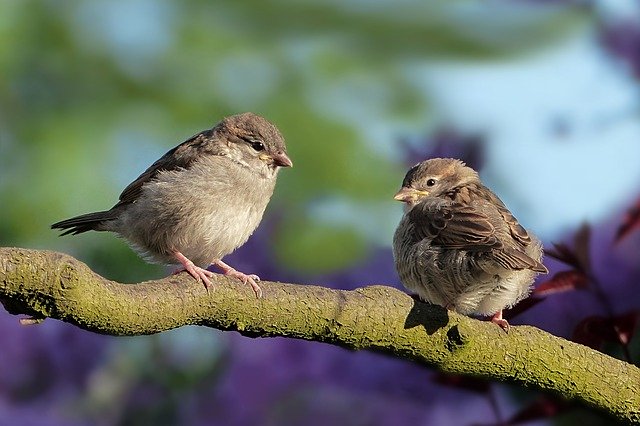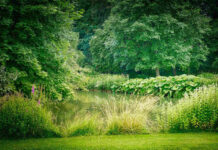
For the past 20 years, the climate in Europe has been getting warmer.
Species of bird and butterfly which thrive in cool temperatures therefore need to move further north. However, they have difficulty adapting to the warmer climate quickly enough, as shown by new research published in the journal Nature Climate Change.
Åke Lindström is Professor of Animal Ecology at Lund University , Sweden. Together with other European researchers he has looked at 20 years’ worth of data on birds, butterflies and summer temperatures. During this period, Europe has become warmer and set temperatures have shifted northwards by 250 km. Bird and butterfly communities have not moved at the same rate.
“Both butterflies and birds respond to climate change , but not fast enough to keep up with an increasingly warm climate. We don’t know what the long-term ecological effects of this will be”, says Åke Lindström.
Butterflies have adapted more quickly to the changing temperatures and have moved on average 114 km north, whereas birds have only moved 37 km. A likely reason is that butterflies have much shorter lifespans and therefore adapt more quickly to climate change . Because birds like to return to the same breeding ground as in previous years, there is also greater inertia in the bird system.
“A worrying aspect of this is if birds fall out of step with butterflies, because caterpillars and insects in general represent an important source of food for many birds”, says Åke Lindström.
Sweden shows the strongest trends with regard to birds; however, there is no corresponding Swedish data for butterflies. For the study, the birds have been divided into ‘cold’ and ‘warm’ species, i.e. birds that thrive in slightly cooler or warmer temperatures. For example, chaffinches and reed buntings are ‘colder’ species and blackcaps and goldfinches ‘warmer’ species. In general, the researchers have observed that ‘warm’ birds are on the increase and ‘cold’ birds are in decline. When new species are seen in an area and others disappear, it is more often ‘warm’ species that arrive and ‘cold’ species that disappear.
“Over the past 50 years the main factors affecting bird and butterfly numbers and distribution have been agriculture, forestry and urbanisation. Climate change is now emerging as an increasingly important factor in the development of biodiversity”, says Åke Lindström, continuing:
“For Sweden, this will probably mean more species of bird in the long run; many new species are already arriving from the continent.”



